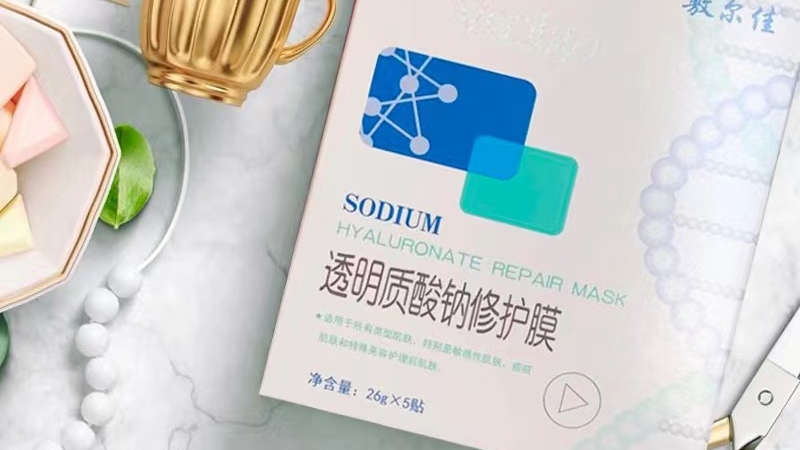- FEATURE
- |
- MERGERS & ACQUISITIONS
- |
- FINANCIAL
- |
- MARKETING
- |
- RETAIL
- |
- ESG-SUSTAINABILITY
- |
- LIFESTYLE
- |
-
MORE


Recently, Estée Lauder released key financial data for the full year and fourth quarter of fiscal year 2023 as of June 30. Estée Lauder stated that due to inflationary pressures and concerns about a possible global economic downturn, retail business adjustments lagged behind expectations. Additionally, several retailers tightened their inventory in the first half of the 2023 fiscal year, adversely affecting the company's organic net sales growth. The group expects to recover organic net sales growth and achieve profit margin recovery in the 2024 fiscal year.
In the 2023 fiscal year, Estée Lauder's net sales decreased by 10% year-on-year to $15.91 billion. Net profit declined by 58% year-on-year to $1.01 billion, and diluted earnings per share dropped by 57% year-on-year to $2.79. Q4 sales increased by 1.4% year-on-year to $3.61 billion, with a net loss of $32 million, compared to a net profit of $52 million in the same period last year.<

























